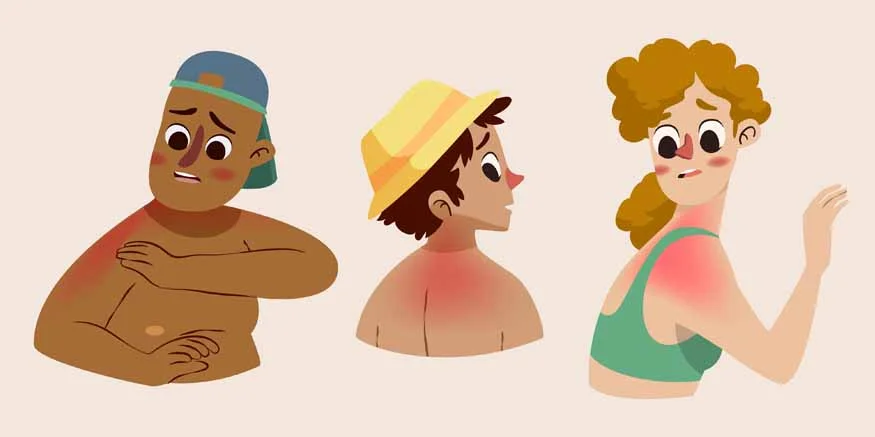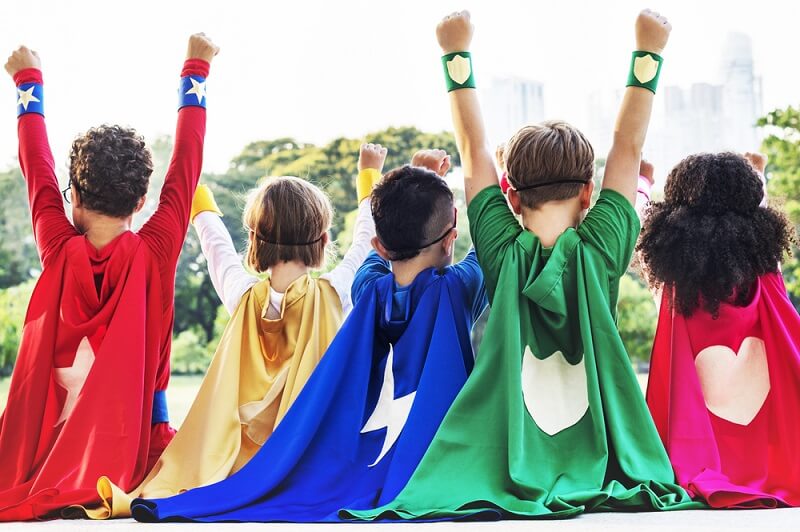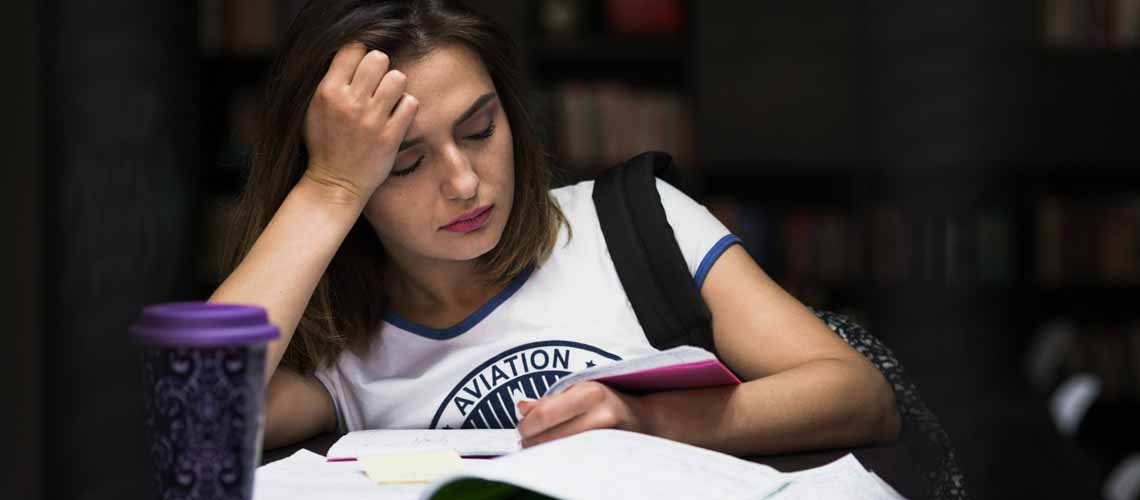Burns and scalds are among the most common injuries in children, typically resulting from accidents at home, particularly in the kitchen, bathroom, or other environments. These injuries can cause severe pain and discomfort.
Also read: Safety tips for students to follow during school trips
Safety Tips to Prevent Scald Burns in Children
Here are some essential safety tips to help prevent scald burns in children.
Kitchen Safety
- Supervision: Never leave children alone in the kitchen, especially when cooking or using hot appliances.
- Safe Cooking Practices
- Turn Pot Handles Inward: To prevent accidental spills, ensure pot and pan handles are turned inward on the stove.
- Use Oven Mitts: Use oven gloves when handling hot cookware or dishes.
- Keep Hot Foods Away: Keep hot foods and liquids away from the edges of tables and counters where children can reach them.
- Microwave Safety
- Use the Microwave Safely: Teach children how to use the microwave safely, and avoid heating liquids in uncovered containers.
Bath Safety
- Water Temperature
- Check the Water Temperature: Always check the water temperature before placing your child in the bath. The water should be warm and comfortable to the touch.
- Temperature Setting: Set the heater temperature to 49°C (120°F) or lower to prevent scald burns.
- Supervision
- Supervise Bath Time: Never leave children alone in or near the bathtub, even for a minute. Always maintain an arm’s length distance.
- Safe Bathing Practices
- Add Cold Water First: When filling the bathtub, add cold water first, then hot, to ensure a safe temperature.
- Teach Safe Behaviour: Teach children to sit in the bathtub and avoid standing or playing with the taps.
Electrical Safety
- Outlet Covers
- Use Outlet Covers: Cover electrical outlets with safety caps or outlet covers to prevent children from inserting objects into them.
- Cord Management
- Secure Cords: Keep electrical cords out of reach and securely fastened to prevent children from pulling on them or tripping over them.
- Appliance Safety
- Keep Appliances Inaccessible: When not in use, keep hot appliances like irons, hair straighteners, or other heating devices out of children’s reach.
- Unplug Appliances: After using appliances, unplug them and store them securely, away from children.
Fire Safety
- Alarms
- Use Fire Alarms: Install fire and smoke alarms in your home, including inside and outside bedrooms.
- Fire Safety Plan
- Develop an Escape Plan: Create a fire escape plan with your family. Teach children how to escape safely in the event of a fire.
- Fire Prevention
- Teach Fire Safety: Educate children about the dangers of playing with fire and the importance of not handling matches, lighters, or candles.
Also read: Fire Safety Tips for Kids
General Safety Tips
- Safe Play Areas
- Designate Safe Play Areas: Create safe play areas away from hot surfaces, appliances, and other hazards.
- Fire-Retardant Clothing
- Use Fire-Retardant Clothing: Dress children in fire-retardant clothing, especially when cooking or grilling outdoors.
- First Aid Training
- Learn First Aid: Take a first aid and CPR course to learn how to effectively respond to burns, scalds, and other emergencies.
- Create a Safe Environment
- Childproof Your Home: Childproof your home by securing cabinets, drawers, and other areas where hazardous materials are stored.
Education and Awareness
- Teach Safety Rules
- Educate Children: Teach children about scald and burn prevention and the importance of staying safe around hot objects and surfaces.
- Supervision and Modelling
- Lead by Example: Model safe behaviours and supervise children to ensure they consistently follow safety rules.
- Reinforce Safety Practices
- Reinforce Safety Practices: Regularly remind children of safety rules and praise them for following safe behaviours.
Home Remedies
Here are some home remedies to help heal scalds and burns in children:
- Cool Water Compress After a burn occurs, apply a cool water compress to the affected area. Use a clean, cold, wet cloth and gently apply it to the burn for 10 to 15 minutes. This helps ease pain and inflammation.
- Aloe Vera Gel Apply aloe vera gel directly to the affected area. Aloe vera has soothing properties that can help relieve pain and promote healing. Ensure you use pure aloe vera gel without any added chemicals.
- Honey Apply a small amount of honey to the burn. Honey can help prevent infection and promote faster healing. Use raw, unprocessed honey for the best results.
- Coconut Oil Gently apply coconut oil to the burned area. Coconut oil has moisturising properties that can help soothe the skin and encourage healing. Use virgin or extra virgin coconut oil.
- Vitamin E Oil Apply vitamin E oil to the burn area to help promote healing and reduce scarring. Pierce a vitamin E capsule and apply the oil directly to the burn, or use vitamin E oil from a bottle.
- Milk Soak a clean cloth in cold milk and apply it to the burn area for 15 to 20 minutes. The proteins and fat in milk can help soothe the skin and alleviate pain.
- Cool Baths If the burn covers a large area of the body, you can give your child a cool bath to help reduce pain and inflammation. Ensure the water is comfortably cool but not too cold.
- Oatmeal Bath Add oats to your child’s bath water and soak for 15 to 20 minutes to help reduce itching.
- Hydration Encourage your child to drink plenty of water or fluids to stay hydrated, especially if the burn covers a large part of the body. Proper hydration is essential for healing.
Also read: Are These Hidden Dangers Lurking in Your Home? A Must-Read for Parents
Important Considerations
- Do Not Use Ice: Avoid applying ice directly to the burn as it can further damage the skin.
- Do Not Pop Blisters: If blisters form, do not pop them, as this can increase the risk of infection and slow the healing process.
- Monitor for Signs of Infection: Keep an eye on the burn area for signs of infection, such as increased pain, redness, swelling, warmth, or pus. If infection occurs, seek medical attention promptly.
Immediate First Aid
- Remove the child from the source of heat.
- Cool the burn with cool (not cold) running water for 10 to 20 minutes.
- Remove any constrictive clothing and jewellery.
- Cover the burn loosely with a clean, dry cloth or sterile bandage.
Medical Evaluation
- Assess the severity of the burn. Seek medical attention for severe burns, especially those covering sensitive areas or large parts of the body.
Medical Burn Scar Treatment
- Healthcare providers may clean the burn and prescribe pain medication.
- Severe burns and scalds may require fluid replacement and specialised wound care.
- Monitor for signs of infection and provide appropriate burn treatment.
- Rehabilitation and long-term care may include scar management techniques and physical therapy to restore proper function.
- Provide emotional support for the child’s psychological well-being.
Burns and Scalds Prevention
Implement safety measures to prevent burns and scalds, such as adjusting water temperatures and using stove guards. Educate children about burn prevention and safe behaviour around hot objects.
By following these safety tips, parents can help prevent scalds and burns, ensuring a safe environment for their children. Teachers and parents together can significantly reduce the risk of such injuries. Visit EuroSchool to explore more safety tips.









